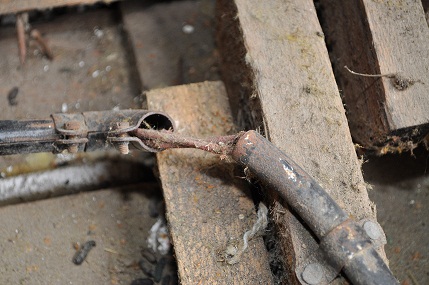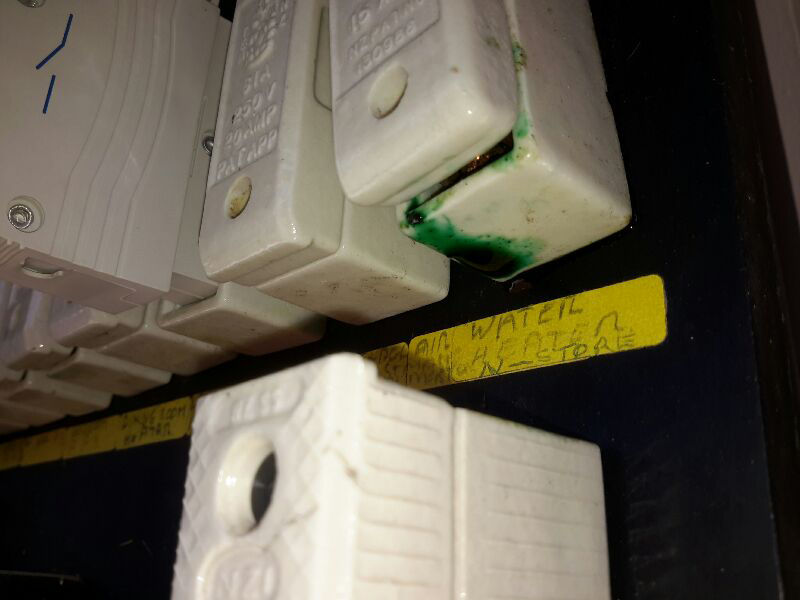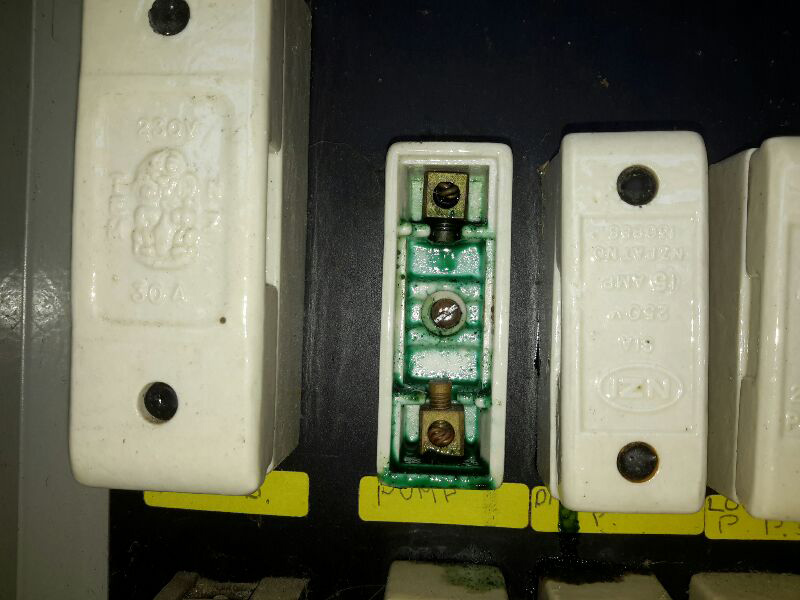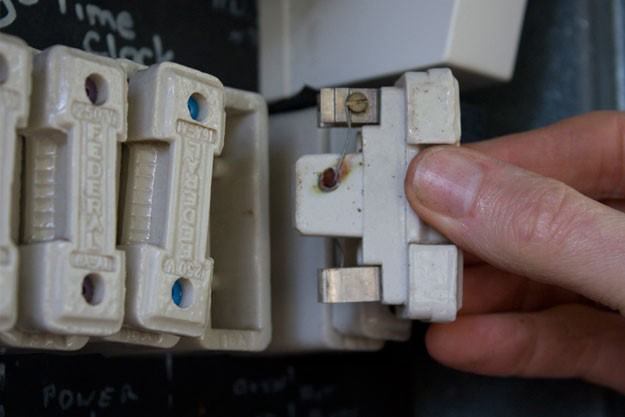
What to look out for when buying a house – Wiring Types
We understand that buying a house can be daunting, and there are so many things to consider when putting in an offer. This is why we have put together our list of defects for you to identify. Today we look at different wiring types.
The types of house wiring have evolved over the years, as have protective devices. We know of these as switchboards. The load we are putting on both wiring and switchboards has increased dramatically. FThis is from the increased level of technology being used in homes today.
Why are old wiring types an issue?
A lot of house wiring types and switchboards in properties these days are old and non-compliant. It is possible that if the property has old wiring or an old switchboard that is deemed unsafe, and required upgrades to allow additional electrical points or additional services such as heat pumps.
It is also important to note that an insurance company may decline to insure your property if the wiring is too old and not fit for purpose. The two most common old house wiring types that are not covered by insurance are Vulcanised Indian Rubber (VIR) and Tough Rubber Sheath (TRS). We will talk about why further on in this article.
Tower Insurance has provided a list of things to look out for when buying an older home which includes old electrical wiring types.
Common electrical issues
Before we discuss the issues, we thought it was a good idea to split between switchboards (protective devices) and wiring. First, we’ll take a look at switchboards and their common electrical issues.
Porcelain Fuses
These are no longer installed and are non-compliant with any new work being done. If a circuit is being added to an existing (old) circuit that is protected by a fuse, must have the fuse replaced with a circuit breaker that is complete with a residual current device (RCD).
High Rupturing Capacity (HRC) Fuses
These are not very common in domestic houses but are still used in some circumstances. However, in a domestic installation, any new circuits must be protected by an RCD.
Older Miniature Circuit Breaker (MCB)
These are still compliant but have been superseded by modern MCBs which are the most recent type of protective devices and are used in all new installations or upgrades.
We now take a look into the types of wiring that have common electrical issues.
Vulcanised Indian Rubber (VIR)
Vir wire was installed up until the late 1940s. It usually runs within a conduit or wooden casing. The rubber inside usually perishes at the termination points, which is where heat is present. This is why VIR is non-compliant and requires replacement.
Tough Rubber Sheath (TRS)
This wiring type is usually used from the 1940s up until the 1950s. It is highly susceptible to perishing and is considered the highest fire-risk cable. This too is non-compliant and requires replacement.
Tough Plastic Sheath (TPS)
This wiring type was used from the early 1960s onwards. It is the cable used in all residential installations today. It is important to note that some early installations of this type of cable were only two-core and had no earth. This version of TPS is no longer used as any new metal light fittings require an earth. Replacement of this older version is necessary.
Green Gunge
Green gunge, also known as green goo, slime, or exudate, can often be seen coming out of the ends of older PVC-insulated and sheathed cables installed in the 1960s and 1970s. This cable has a bare earth conductor, which is no longer compliant with any new connection or when existing electrical networks are being upgraded or added to.
When looking at purchasing a property, there is a large list of things that need to be checked over. We recommend you let us take away the stress of this task and let one of our experienced and qualified building inspectors do the job for you. Give us a call to book your next pre-purchase property inspection at 0800 422 388.



